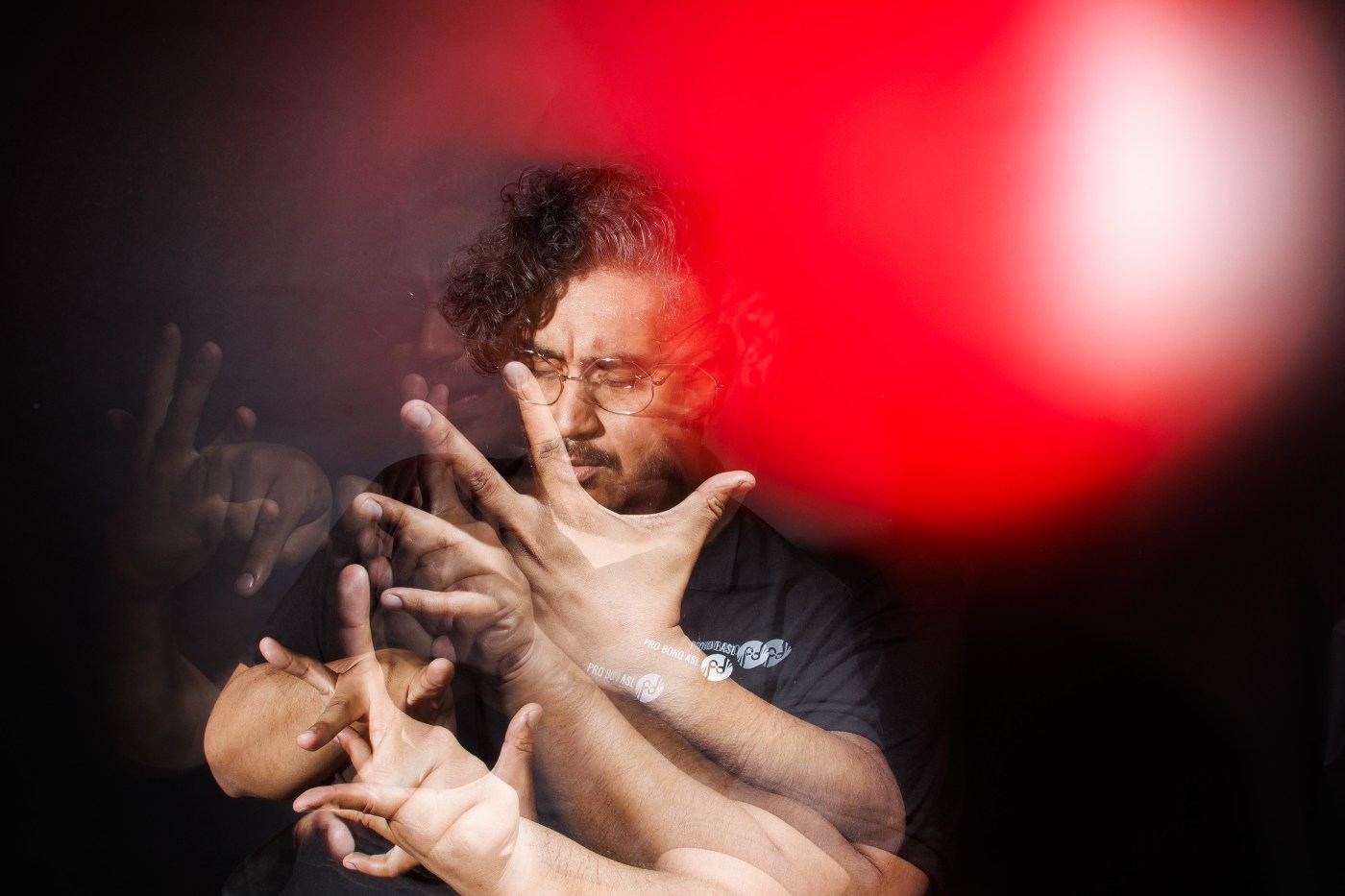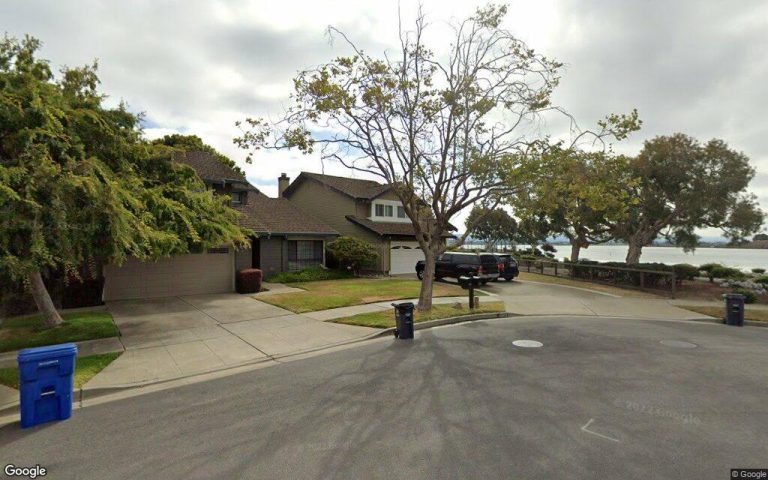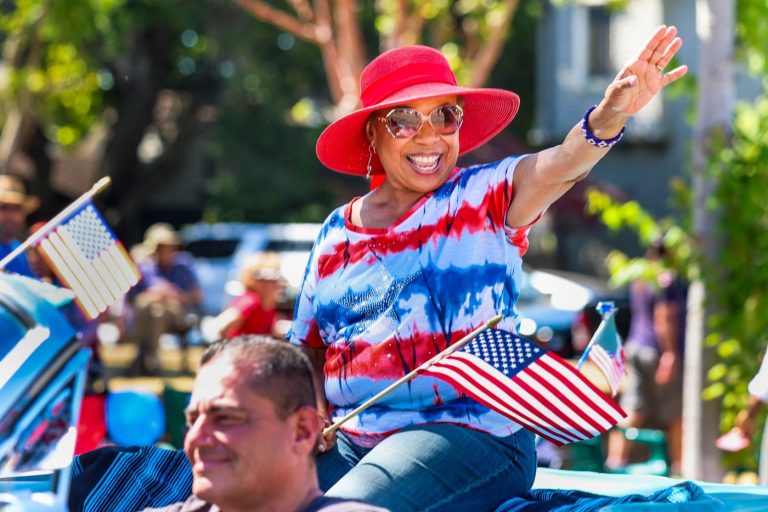As guitar riffs and growling Spanish vocals pound out of the tinny speakers of an iPhone, Neil Cordova grooves to the rhythm, scowling and moving his body to invoke the tone of the music. His hands shift from one shape to another, moving across the space in front of him in intricate patterns that symbolize crowds, lovers, cities, and the ocean.
Saturday, he will repeat the display in front of thousands as part of Latin rock band El Tri’s performance at Music in the Park. But he isn’t a dancer or entertainer.
Cordova and his team are interpreting the music and lyrics into American Sign Language, or ASL, allowing deaf concertgoers to experience rocking out along with their hearing peers. The concert will make history for the rock band and for Music in the Park — marking the first time in its 35-year history that the concert series will feature ASL interpretation, and signaling a growing movement towards increased accessibility for deaf concertgoers.
“Having the interpreters that are signing the lyrics, that is a huge game-changer, because now that’s providing the access of the deaf community to be able to get that connection,” said Eduardo Ayala, a deaf actor, teacher and ASL interpreter based in the LA area. “You can get the full experience. And it makes a huge, huge difference.”
A singer Joss Stone of Great Britain performs during the 17th Colours of Ostrava music festival in Dolni Vitkovice complex, Ostrava, Czech Republic. At left is Amber Galloway Galleg, sign language interpreter specializing in the interpretation of concerts and music festivals. Photo/Jaroslav Ozana (CTK via AP Images)
Related Articles
Blind Pilot returns with first new album in 8 years, plus concert tour dates
At 84, Phil Lesh reflects on Terrapin, aging and playing at his sons’ Daydream festivals
The spirit of Phil Lesh’s Terrapin Crossroads lives on at his sons’ Sunday Daydream festivals
Stanford Jazz: One of a kind festival returns with amazing lineup
Outside Lands: One major headliner exits bill, new one enters
While this marks a historic moment for El Tri and Music in the Park, ASL interpretation of music goes back more than a century, from the first recorded interpretation of the Star Spangled Banner in 1902. Now ASL interpreters can be seen at huge venues like the Super Bowl, with superstars like Beyoncé or Kendrick Lamar, or offering video interpretation of popular artists like Bad Bunny, and others.
While some hearing people conflate music with sound, many in the deaf community are avid music fans or concertgoers. Some deaf people have some slight residual hearing, others may feel the thump of the bass, and many may enjoy the spectacle of the music or the feeling of the crowd. Ayala recalls a recent metal concert where there was no interpreter, but he was able to dive into the mosh pit and rock out with other metalheads.
“It was fun, it was enjoyable. But honestly, having an interpreter there would have made it the best,” he recalled.
For Music in the Park, organizers are trying to deliver the best possible experience to deaf concertgoers.
The interpretation this Saturday will involve a team of three people. Two interpreters will work together offstage to interpret the lyrics in real time for an onstage interpreter. Then the onstage interpreter will perform the interpretation, complete with rhythm and facial expression.
The idea for sign language at Saturday’s concert came from Joan Hammel, a spokesperson for Comcast – which is sponsoring the interpretation, and reached out to El Tri to see if they would be interested in having interpreters.
When lead singer Alex Lora heard about the possibility of interpreters at the concert, he jumped at the chance. For Lora, it was the next step in a decades-long mission to elevate the stories of disabled people.
As part of the rollout for their 1994 album, “Una Rola Para los Minusválidos” (in English, “A Song for the Disabled”) they gave out over 1,000 wheelchairs to low-income disabled persons. The title track speaks to the ways that disabled people are equal despite facing more day-to-day struggles: “They feel and they vibe the same as you and me/though they are disabled/that has nothing to do with it.”
American Sign Language interpreter Neil Cordova demonstrates the fingerspelling of “music” in this long-exposure photo created at The Mercury News on June 20, 2024, in San Jose. (Dai Sugano/Bay Area News Group)
“Music is a universal language, and it’s important that everyone, regardless of their hearing ability, can share in the experience and energy of our live performances,” said Lora. “They will feel like a part of it, which they haven’t been before … it’s going to be so awesome.”
Since El Tri sings almost entirely in Spanish, the team needed to find interpreters who were trilingual: fluent in Spanish, English, and ASL. So they tapped the group Pro Bono ASL. The group began as a grassroots effort to interpret at Black Lives Matter protests in LA and grew into a nationwide coalition of deaf and hearing interpreters who provide culturally competent interpretation to diverse communities of deaf people and have worked with the State of California, activists and artists as big as Bad Bunny and Shakira.
Often deaf people in Spanish-speaking communities lose out on everything from music to meetings and medical appointments because many ASL interpreters are unable to translate Spanish, said Pro Bono ASL founder Rorri Burton. “There’s so much richness that does not get lost,” she said. “Comcast set it up very intentionally to be a best-case scenario.”
American Sign Language interpreter Neil Cordova demonstrates ASL interpretation of the music of EL Tri in this long-exposure photo created at The Mercury News on June 20, 2024, in San Jose. (Dai Sugano/Bay Area News Group)
Music interpretation goes far beyond simple translation of the lyrics. For this concert, the interpreters received the setlist weeks in advance and have been analyzing the lyrics, music and attitude of the songs. They use signs, facial expressions, rhythm, body language, and placement of signs together to convey meaning.
For “Triste Canción,” for example, the line “he is like the sea/ she is like the moon” becomes the signs for “[HE SAME (as) OCEAN/SHE SAME (as) MOON]. Cordova places the moon sign above him and the ocean sign below him, then shows the sign for “pull” between them to illustrate the subtext of the lyrics: the magnetic effect of the woman in the relationship.
“It’s more of painting a visual picture of what the lyrics are,” Cordova said. “It’s really about knowing the vibe – knowing what the artist is going for with their songs.”
Ayala says that in the end, the efforts are about providing equal access to the human experience of concertgoing. “It goes back to all of us having that joy and that experience together,” he said. “For all of us to enjoy ourselves, (that’s) the point, you know?”
El Tri plays at Music in the Park this Saturday at Cesar Chavez Plaza starting at 4 PM. Tickets start at $35. More information and tickets are available at mitpsj.com.
Neil Cordova provided sign language interpretation for the interview with Eduardo Ayala.












